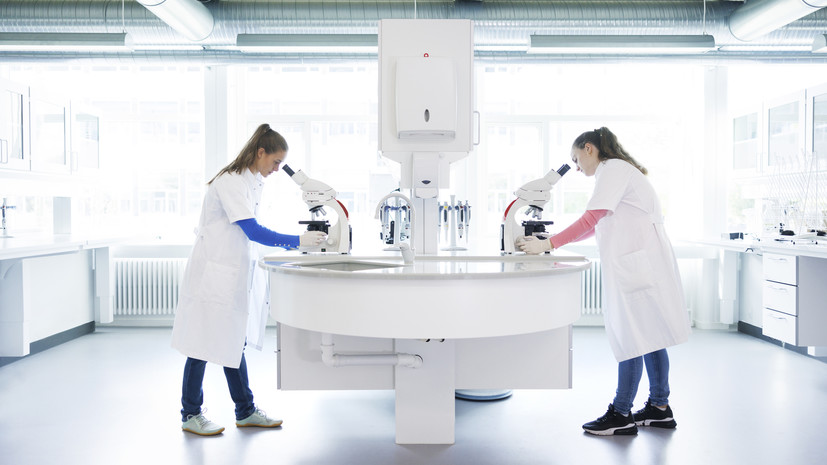Scientists from the Laboratory of Autotrophic Organisms of the National Scientific Center for Marine Biology named after. A.V. Zhirmunsky Far Eastern Branch of the Russian Academy of Sciences and the Kamchatka branch of the Pacific Institute of Geography discovered two new species of algae of the genus Callophyllis, living on the Pacific coast of Russia. The Russian Ministry of Education and Science reported this to RT. The results of the study were published in the journal Phycologia.
Recall that the genus of red algae Callophyllis includes 64 species. They are widespread in the World Ocean, mainly in cold and temperate waters. Most representatives of this biota were found in the North Pacific Ocean.
Callophyllis selivanovae
© Press service of the National Scientific Center for Marine Biology named after. A.V. Zhirmunsky
At the same time, as the authors of the work note, only 7 species of callophilis are known today on the Pacific coast of Russia; until now they have been little studied. To correct this situation and systematize the species of the genus Callophyllis living in the Russian Pacific zone, the authors of the work studied samples of red algae from the Kuril Islands, Sakhalin Island, the western Sea of Okhotsk, the northwestern part of the Sea of Japan and Avacha Bay (Kamchatka Peninsula).
Biologists not only systematized information about callophilis, but also discovered two new, previously unknown to science, species of these algae.
Callophyllis perestenkoae
© Press service of the National Scientific Center for Marine Biology named after. A.V. Zhirmunsky
Specimens of the first species were found in Avacha Bay; according to experts, it is close to the previously described species from St. Paul Island in the Bering Sea, but has its own characteristic features. The authors of the discovery named the new species in honor of biologist Olga Selivanova - C. Selivanovae.
The second discovered species was named C. perestenkoae in honor of the famous Russian algologist Louise Perestenko. This species was previously identified by biologists as C. flabellata, but new research has shown that it is distinguished by more uneven branching, thinner terminal segments and smaller cystocarps (sporebearers -
RT
).
According to scientists, updated lists of algae growing on the Pacific coast of Russia can help in the work of environmental structures.
“The waters of the North Pacific Ocean and the Russian coast are distinguished by a high level of diversity of biological resources. The flora contains algae that are recognized by scientists as rare and endangered,” noted a leading researcher at the National Scientific Center for Marine Biology named after A. A.V. Zhirmunsky FEB RAS Anna Skriptsova.

